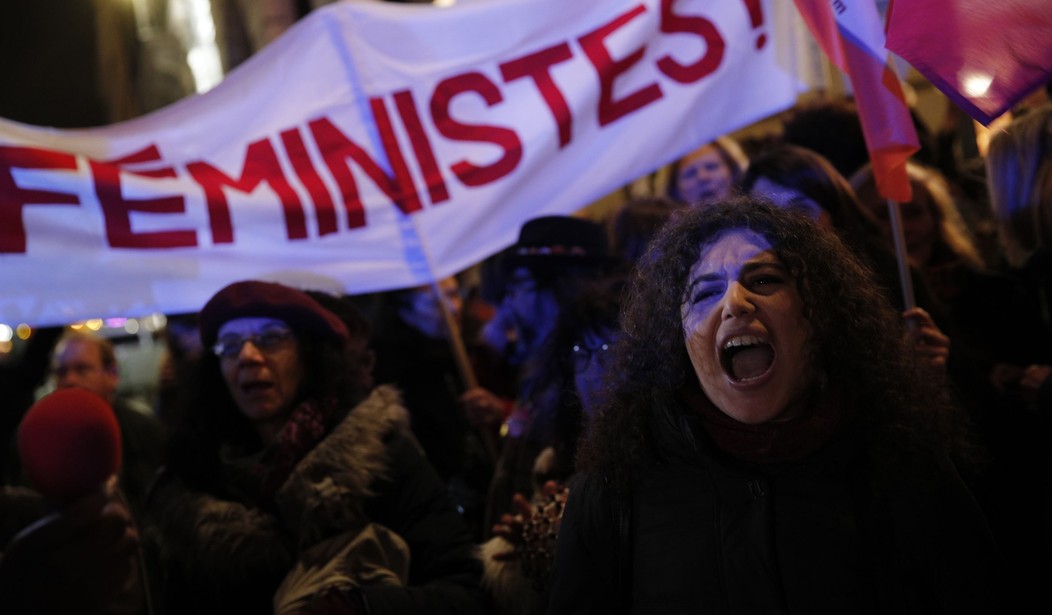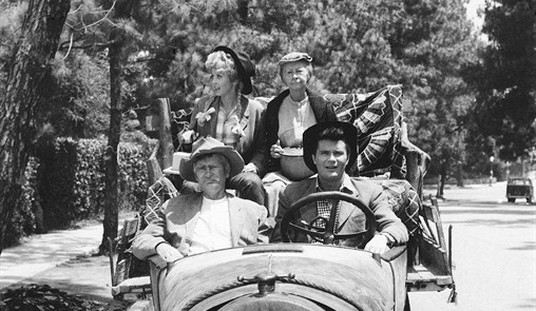The New York Times has been running a series of “obituaries” of “Overlooked” people who were not given an obit in the newspaper at the time of their death. They include people of color, feminists, queers, gays — anyone that the Times thinks now should have had an obit when they passed.
Of course, this leads to some rather interesting choices.
Kate Worley — a “pioneering” writer of erotic comics.
FN Souza — India’s anti-establishment writer
Roberta Cowell — trans trailblazer, pilot, and auto racer
And other minor historical figures.
But today’s installment of “Overlooked” is a doozy. Valerie Solanas was a writer, of sorts, whose main claim to fame is that she put a bullet in Andy Warhol in 1968. She apparently thought that Warhol and his friend, French publisher Maurice Girodias, were conspiring against her so she walked into Warhol’s New York apartment and shot him.
Warhol survived and Solanas ended up in a mental institution for a few months. But as a radical feminist, her obscure, nonsensical writing somehow survives.
It is her book Scum Manifestor that still receives attention today. It’s a threatening rant against all men, where she proposes exterminating all males.
That and her play, Up Your A**, are celebrated by feminists for their radicalism and anti-male sentiments.
The manifesto, self-published in 1967, reads as satire, though Solanas defended it as serious. Its opening line is at once absurd and a call to arms for the coalition she was forming, the Society for Cutting Up Men:
Life in this society being, at best, an utter bore and no aspect of society being at all relevant to women, there remains to civic-minded, responsible, thrill-seeking females only to overthrow the government, eliminate the money system, institute complete automation and destroy the male sex.
On the subject of reproduction, she wrote: “We should produce only whole, complete beings, not physical defects or deficiencies, including emotional deficiencies, such as maleness.”
Satire? You decide.
In it, the author, Breanne Fahs, writes about an exchange between Solanas and her friend Jeremiah Newton. Newton asked Solanas if her manifesto was to be taken literally. “I don’t want to kill all men,” she replied. But, using an expletive, she added: “I think males should be neutered or castrated so they can’t mess up any more women’s lives.”
I would say “man-hater” would be a mild descriptive.
Feminists themselves are quoted throughout the obit approving of Solanas for her “revolutionary” ideas.
“I keep thinking what a shame it is that she’s mad, utterly mad,” Ultra Violet wrote in her 1988 memoir, “Famous for 15 Minutes: My Years With Andy Warhol.” “For in the beginning, beyond her overheated rhetoric, she had a truly revolutionary vision of a better world run by and for the benefit of women.”
Her attack on Warhol was controversial with feminists, as some defended her actions.
Her attack on Warhol fractured mainstream feminist groups, including the National Organization for Women, whose members were split on whether to defend or condemn her. Those who defended her, including the writer Ti-Grace Atkinson and the lawyer Flo Kennedy, formed the bedrock of radical feminism and presented Solanas as a symbol of female rage. The shooting became wrapped up in a larger narrative on gun violence when Senator Robert F. Kennedy was shot the next day.
They aren’t called “radical” for nothing.
The author of the obit, Bonnie Wertheim, writes approvingly of Solanas’s dysfunctional worldview.
The text distilled the anger and yearning that Solanas had exhibited throughout her life. In college, as a recently-out lesbian, she rallied against the idea that educated women should be defined as wives and mothers, even as she acknowledged that, in a society ruled by men, such fates were probably inevitable. Her ideas about gender and power calcified in the early 1960s, when she hitchhiked across the country and back again. She arrived in New York City in 1962 with the start of a play she was writing and several versions of “SCUM Manifesto.”
Whatever Solanas truly believed about the ultimate fate of men in her Brave New World, she wasn’t interested in including them in any meaningful way as true and equal partners with women. It was she who was beyond redemption, not men. She and other feminists never learned reason or logic. They totally escaped Solanas, who was probably suffering from some mental illness in addition to holding radical views.
Even “Tyler Cohen” at Marginal Revolution — a former Times employee and “loyal reader” — was appalled.
But…come on. If you work for The Times, I hope you are in some way able to raise your voice against what can only be described as a grotesque embarrassment, not to mention a contradiction of Black [Men’s] Lives Matter. Maybe the headline will be gone or changed by the time you read this, but the saddest part is that this seems to be part of a pattern, not just a one-off mistake. I’ve known many people at the NYT, at various levels, and each and every one has seemed like a good (and talented) person to me. I can only conclude that something has gone very very badly wrong in the editorial control process.
Glorifying radicalism appears to be the order of the day, with Black Lives Matter being elevated to sainthood and Antifa being seen in a positive media light. What passes for the mainstream left is using these radicals for their own ends.
It won’t end well for them.










Join the conversation as a VIP Member